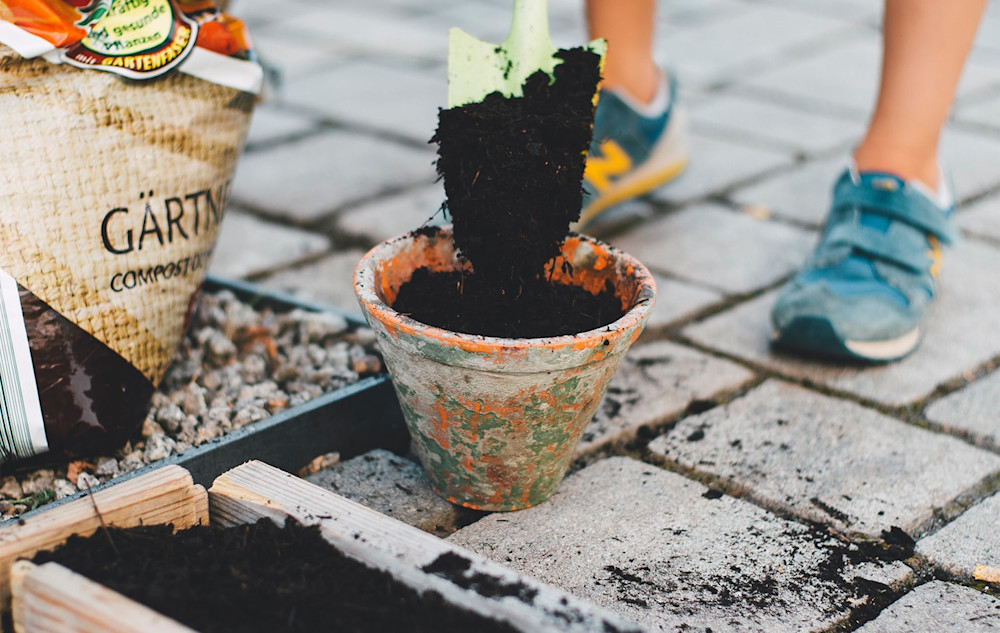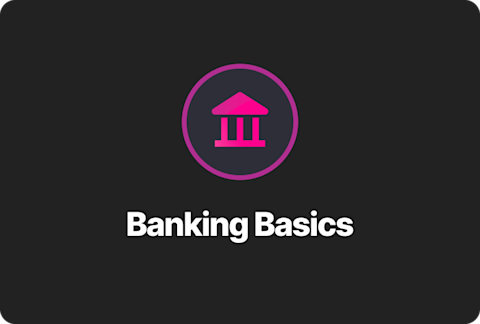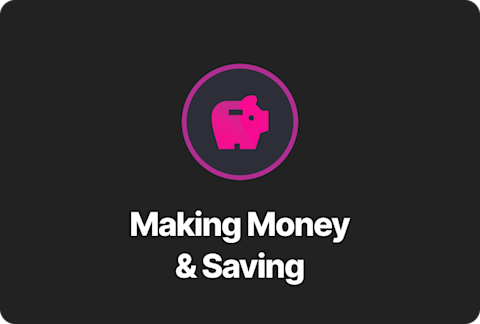A teen’s guide for charitable giving

Giving to others is a good thing. In fact, it can help give meaning and purpose to your life while helping society in the process. Most of us learn about charitable giving from our parents or other adults. We hear them talk about donating money or volunteering time to a favorite charity.
Not only does learning about charitable giving at a young age help make you more generous as an adult, it can also help you be happier, a study in the Journal of Family and Economic Issues found. But it doesn’t matter when you first begin caring about charitable giving. The important thing is to make space in your life for giving back to others.
Your local community foundation is a great place to find organizations and charities that align with your personal interests, helping you find a great fit for how you want to donate your money, time or belongings, and who you want to help.
Here’s some guidance (for you and for your parents and any younger siblings you may have) to help you get started.
How to donate time
Whatever your age, giving your time can be endlessly rewarding. Volunteer Match is a helpful site that matches you with a volunteering opportunity based on filters like where you live, your skills and what kind of cause you want to help.
Some organizations offer on-site volunteer opportunities like working at a soup kitchen, walking animals at a humane society, or even building houses. These can be great learning and bonding experiences for family and friends. Just be aware that many charities have age restrictions or other rules around who can volunteer. A quick call or email can clarify any questions you may have.
Keep in mind that not all volunteer opportunities allow you to donate your time randomly when you feel like it. Many require longer commitments, so make sure you can follow through if you offer to be involved. There’s also the added bonus this kind of community service can do for your resume. You can include it on your Linkedin profile as an example of how you are engaged in your community.
If you want something really flexible, you can look for ways to help out around your own neighborhood, by joining a community cleanup, for example. You could even look for requests for help on websites like Nextdoor. And don’t forget that random acts of kindness are also a form of giving. If you notice your elderly neighbor’s lawn is getting a little long, ask if you can give it a mow.
Many volunteering opportunities are also completely virtual. Virtual volunteers might make fundraising calls, create marketing videos, or promote the organization on social media. If you have tech skills, there is probably a charity out there who could use them.
How to donate things
For parents Most of us don’t form a strong connection to money until we’re older, so charitable giving can be more meaningful for younger kids if it’s tangible — something they can see and hold like, like donating food to a food pantry or donating toys and clothes to a shelter. Once kids are familiar with the idea of helping other people, and why that matters, then parents can ask them to set aside money to donate.
Almost everyone has things around their house that would be good to donate like gently used clothes, toys, and furniture. Young kids might find it hard to let go of old toys (even ones they haven’t thought of in months), so it’s a good idea to talk about why you’re donating these toys and how they will help others.
For teens Teens and adults can also benefit from asking questions like: When did I last use this? Would someone else get more enjoyment out of this than I do? If your skateboard is covered in three layers of dust, that could be a sign you can live without it.
You can also donate new items, too. Many charities have wish lists (like this one for Ronald McDonald House Charities) on their websites for the items that they need the most.
How to donate money
For parents To help make charitable giving a habit for your kids, it’s important to build it into how they manage their money early on. Kids who get an allowance might use the three-jar method to divide their money into jars for saving, spending and sharing (donating), for example.
Getting kids accustomed to money management is easy this way, and helps them understand that giving should be a part of that. To help make parting with their cash easier, help them find a charitable cause that aligns with their interests. A kid who is an animal lover might enjoy donating to a local animal shelter. A book-lover might get a thrill from giving money to an organization that buys books for other kids.
For teens You probably already have in mind local or global causes that you want to help. And if you want to find out where your money or time might have the biggest impact, you can use websites like Charity Navigator that rate charities based on factors like what percentage of donations actually go to people they’re helping versus covering the costs of running the charity.
Pro tip!: If you want to stretch your donation dollars even more, ask your parents to match a percentage of the money you raise or pool your money with friends to donate together.
It’s also smart to make donating a regular part of how you spend your money. If you have a budget—a written list of how much money you make, how much you spend, and how you plan to spend and save it—add donating to charity to your list. Set aside a certain amount or percentage each month to donate to one or more causes.








